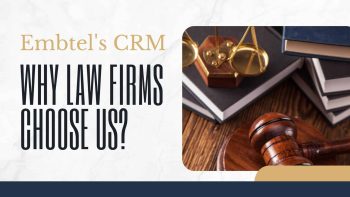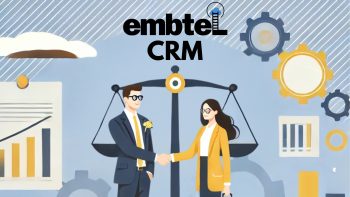Design is the practice of amassing ideas and visually organizing and implementing them guided by specific principles for a particular function. Web designing is an identical procedure of production, with the intent of displaying the information on digital webpages, and also the end-users can get via the net with the support of a browser.
Elements of Web Design
Web design uses a number of the same key visual elements as all types of design for Example:
Layout: Here is the way the pictures, text and ads are organized. In the internet world, a key goal is to assist the opinion to find the information that they seek at a glimpse. Including keeping the balance, consistency, and integrity of the plan.
Colour: The option of colors is dependent upon the clientele and purpose; it might be easy black-and-white to multi-colored layout, conveying the character of someone or the manufacturer of a business, using web-safe colors.
Graphics: Graphics can contain logos, photographs, clipart or icons, all of which enhance the web design. For user friendliness, these have to be placed appropriately, working together with the color and material of their webpage, while not making it overly congested or slow to load.
What is Web Design Fonts: The use of different fonts may boost a website design. Most browsers can only read a select number of fonts, also known as “web-safe fonts”. Which means that your designer will generally work within this widely accepted group.
Content: Content and layout can work together to improve the concept of the site through visuals and text. Written text should remain relevant and helpful. So as not to confuse the reader and also to give them. Exactly what they need in order that they will stay on the site. The content should be optimized for search engines and of the right length, incorporating relevant keyword phrases. Read More!
Creating User-Friendly Web Design
Besides the basic elements of web design that make a site visually and beautiful convincing. A website must also always think about the end user. User-friendliness can reached by paying attention to the following factors.
Navigation: Website architecture, menus and other navigation applications in the web design must be created with consideration of the way that users browse and search. The aim is to help the consumer to maneuver around the site easily, effectively finding the information that they require.
Multimedia: Relevant video and sound stimuli in the design will assist users to grasp the information, developing understanding in an easy and quick method. This will encourage visitors to spend additional time on the webpage.
Compatibility: Design the webpage, to perform equally well on various browsers and operating systems, to boost its viewing.
Technology: Advancements in technology provide designers the freedom to add innovation and movement, allowing for web design that is always refreshing, professional and dynamic.
Interactive: Boost active consumer participation and engagement, with the addition of comment boxes and opinion surveys in the design. Convert customers from traffic to customers with email forms and newsletter sign-ups.
Fremont web design pros produce excellent User Interface (UI) Design for a satisfying experience. They utilize critical planning and analysis for the layout. They listen to individual customer specifications. So converting the intricate process into a very simple and elegant piece of artwork. Read More!





